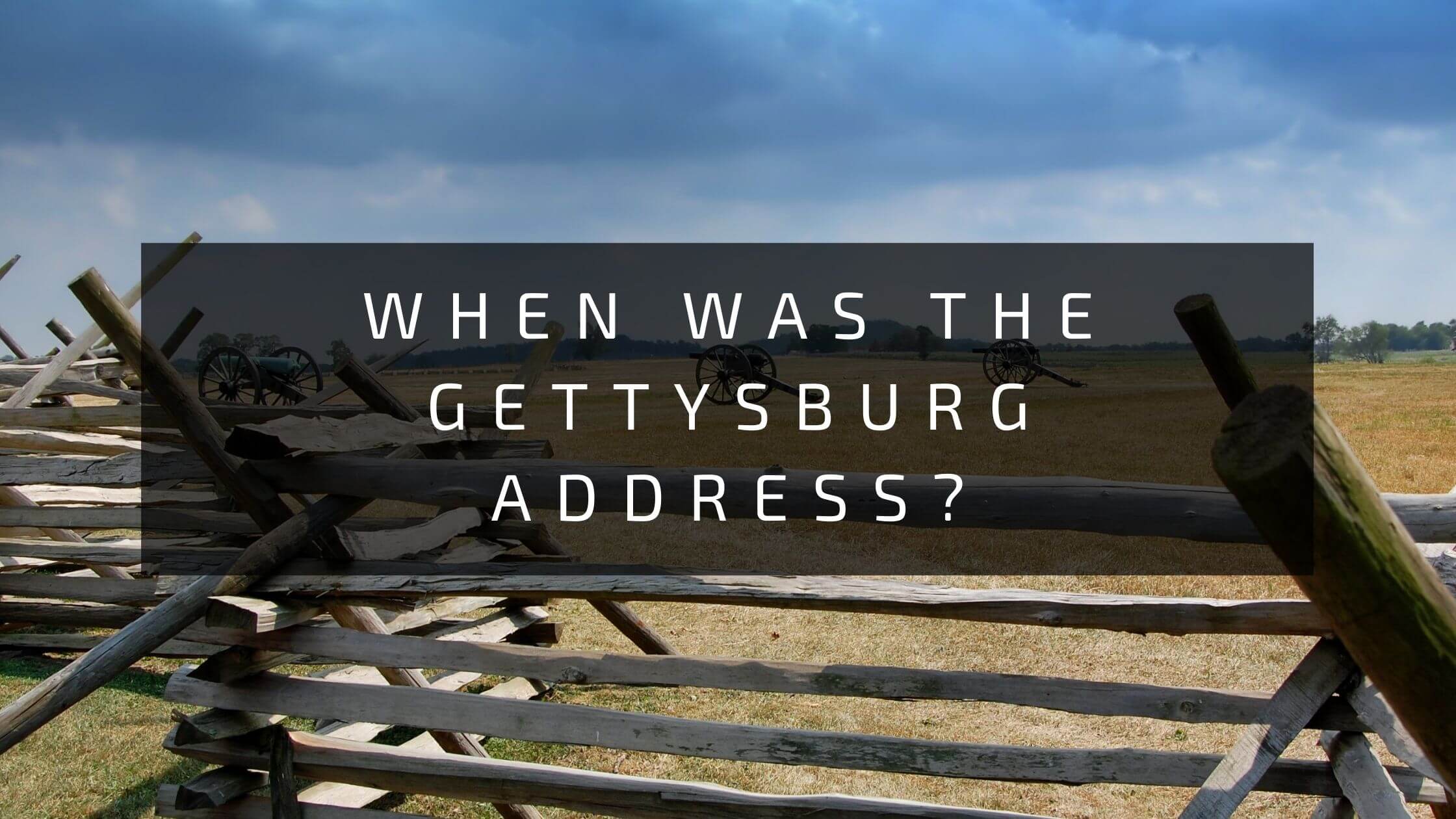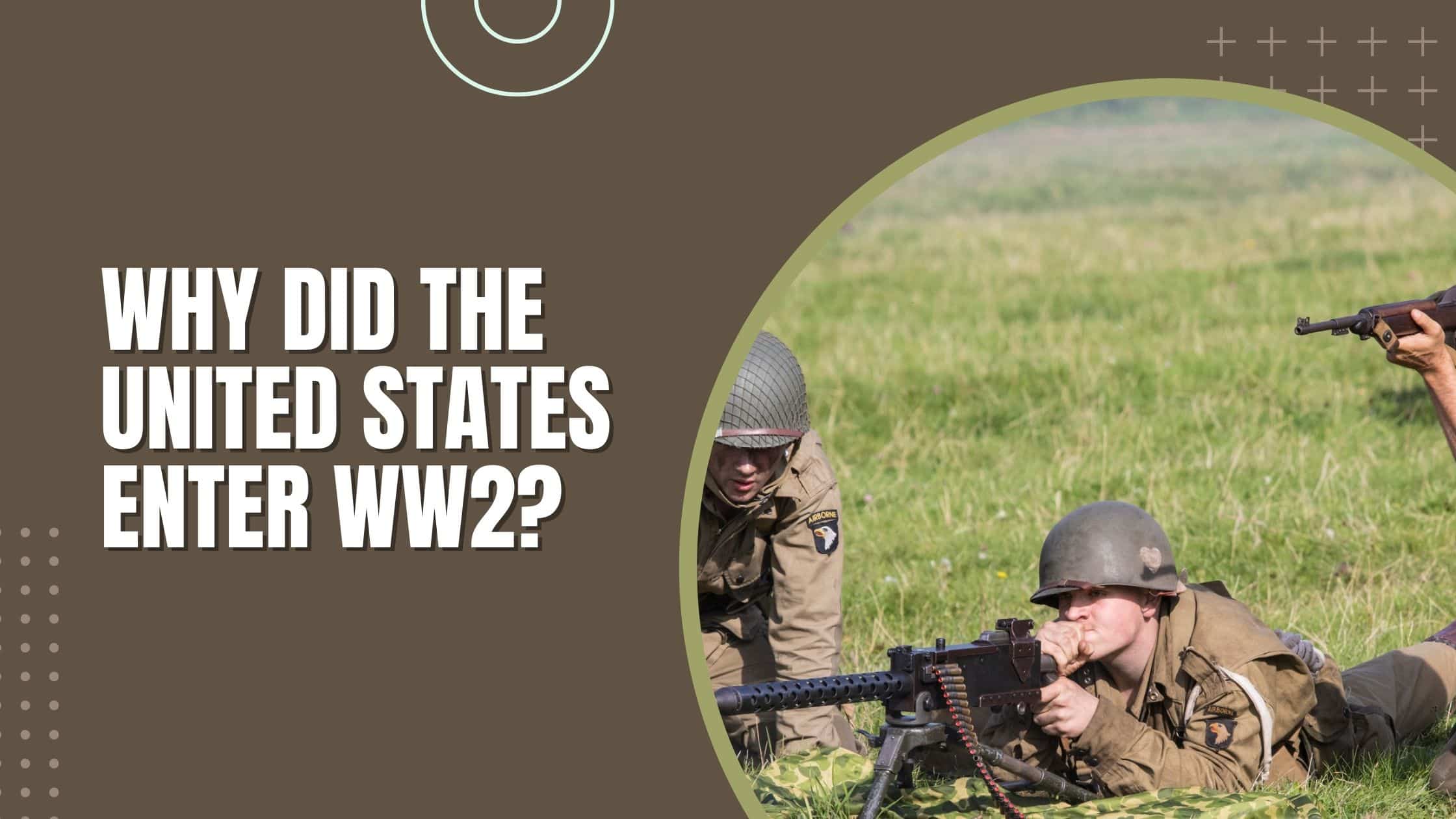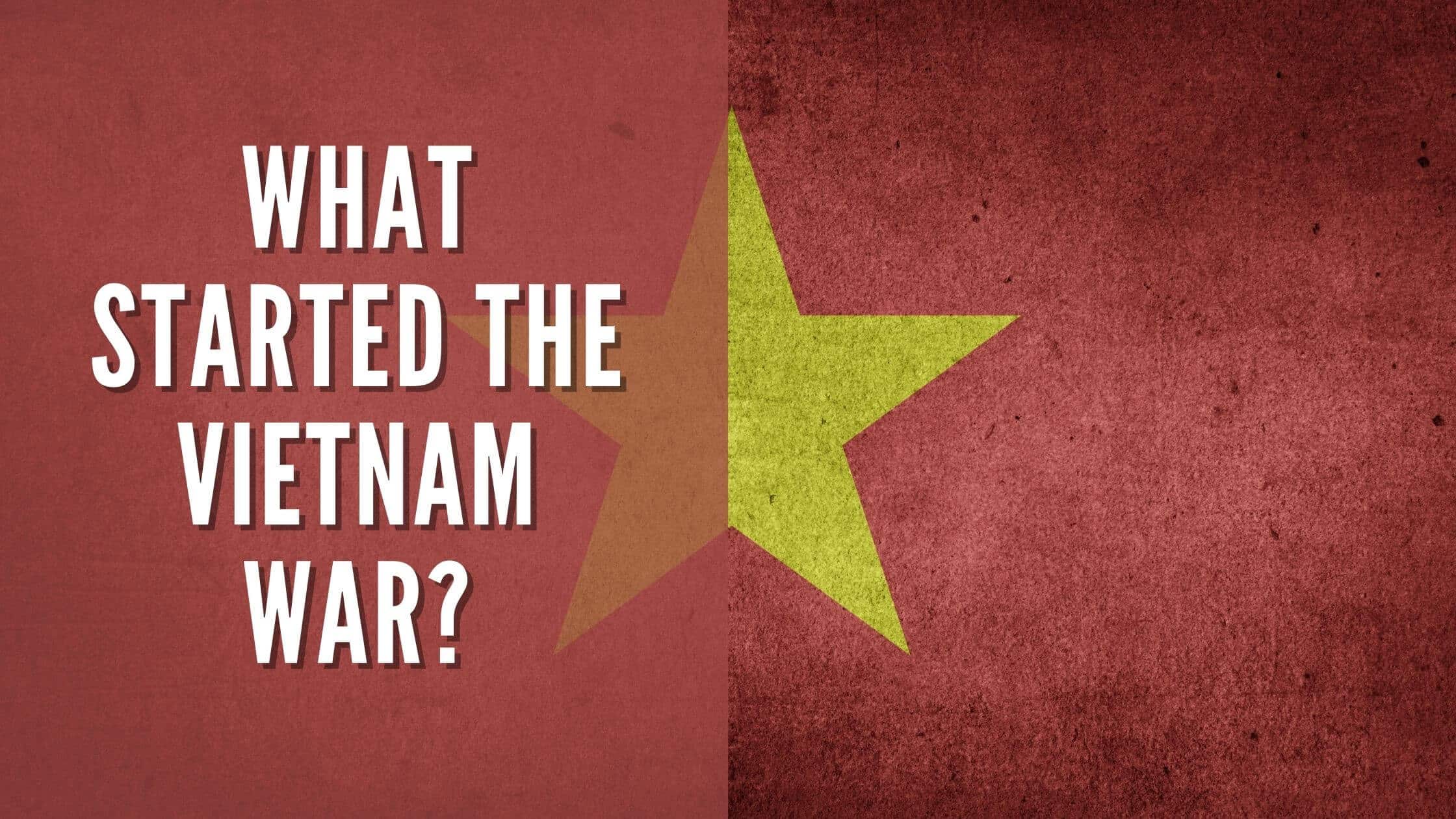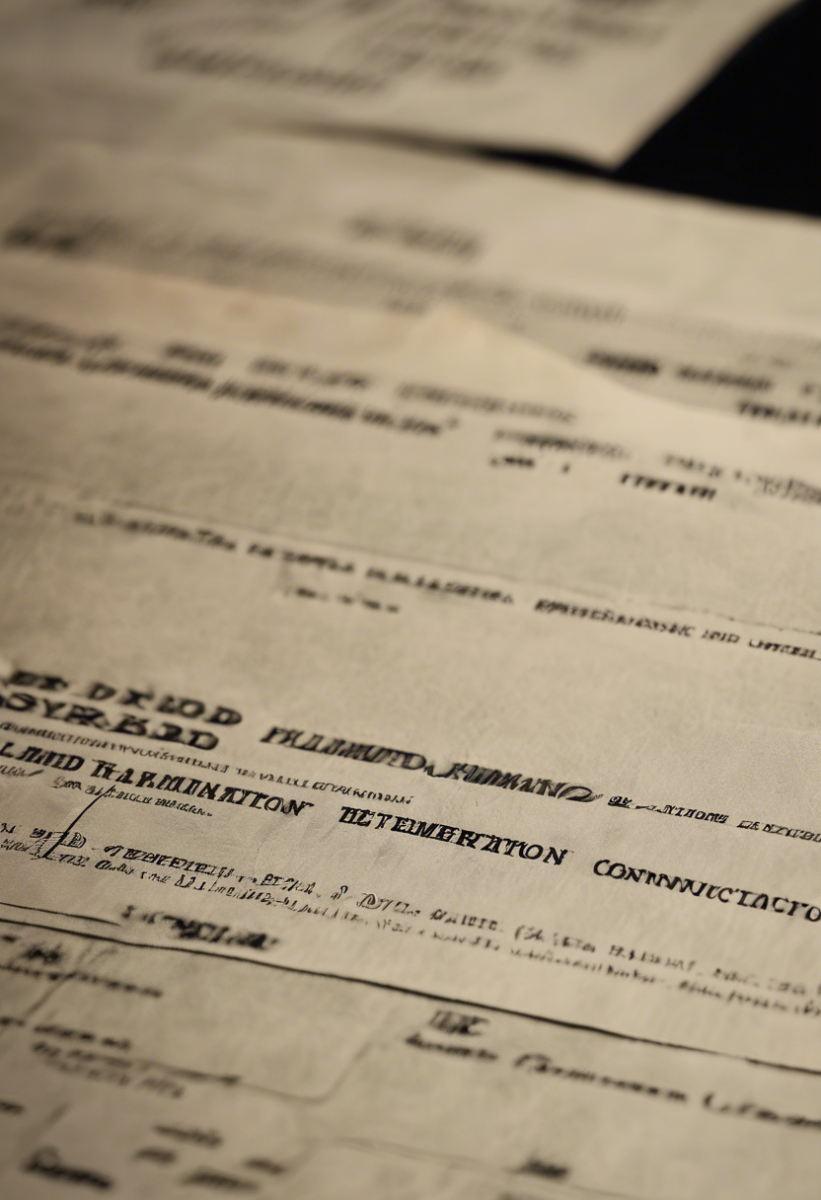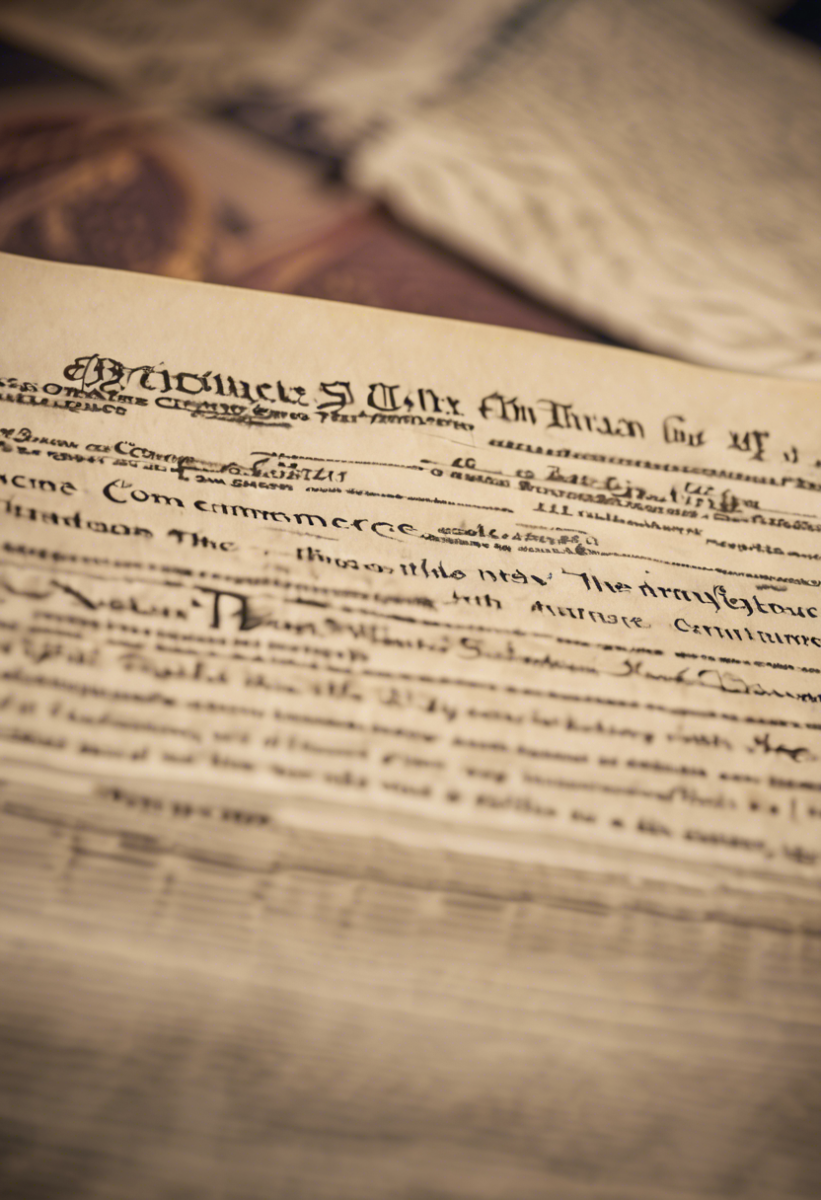Table of Contents
ToggleSources
- https://www.battlefields.org/learn/articles/10-facts-what-everyone-should-know-about-civil-war
The American Battlefield Trust is a highly authoritative source on Civil War history. This page provides key facts about the war, including details on its conclusion, making it relevant for verifying the timeline and events mentioned in the blog post. - https://www.history.com/topics/american-civil-war/american-civil-war-history
History.com is a well-known and reliable source for historical information. This article covers the Civil War comprehensively, including the surrenders of Lee and Smith, and the eventual Union victory, aligning with the blog post's content. - https://www.nps.gov/civilwar/index.htm
The National Park Service provides authoritative information on the Civil War, including detailed accounts of key battles and surrenders. This source is useful for verifying the specific events and timelines discussed in the blog post. - https://www.archives.gov/publications/prologue/2015/spring/cw-surrenders.html
The National Archives is a primary source for historical documents and information. This article details the various surrenders that ended the Civil War, providing authoritative backing for the blog post's claims about the war's conclusion. - https://www.loc.gov/collections/civil-war-glass-negatives/articles-and-essays/time-line-of-the-civil-war/1865/
The Library of Congress offers a detailed timeline of the Civil War, including the events of 1865 that led to its end. This source is highly relevant for verifying the sequence of surrenders and other key events mentioned in the blog post.
Key Points
- The Civil War ended due to a steady decline in Confederate power and multiple surrenders from April to June 1865.
- Key events marking the end included General Robert E. Lee's surrender at Appomattox on April 9, 1865, and General Edmund K. Smith's surrender on May 26, 1865.
- The Union's adoption of total war tactics, led by General William T. Sherman, significantly weakened the Confederacy by destroying resources and infrastructure.
- The Emancipation Proclamation in 1863 weakened the Confederacy economically and militarily by freeing slaves and allowing them to join Union forces.
- President Lincoln's assassination on April 14, 1865, and the subsequent leadership of Andrew Johnson complicated the war's conclusion.
- Confederate President Jefferson Davis was captured on May 10, 1865, further signaling the Confederacy's defeat.
- The last major Confederate surrender was by General Stand Watie, a Native American leader, on June 23, 1865.
- Official peace was delayed until August 20, 1866, due to unresolved issues in Texas, including the establishment of a new state government.
- Texas's isolation led to delayed awareness of the Emancipation Proclamation, with slaves not being freed there until June 19, 1865 (Juneteenth).
- Reunification post-war required Confederate states to accept Union terms and the 13th Amendment, a process completed by 1870.
Summary
The Civil War ended through a series of key events rather than a single decisive battle. The surrenders of Confederate generals like Robert E. Lee and Edmund K. Smith, along with the Union's strategic use of total war tactics and the Emancipation Proclamation, gradually weakened the Confederacy. The war was officially declared over in August 1866 after prolonged resistance in Texas and the establishment of a new state government there.
The Civil War was a harrowing time of division and bloodshed in the history of the United States. The secession of the Confederate states from the Union led to brutal battles and many lives lost. But what eventually ended the war?
What ended the Civil War?
There was no single battle that ended the Civil War in the United States and led to the surrender of all Confederate troops to the Union. Even the proclamation of victory was unclear because of ongoing issues across the Southern States.
The war ended because of a steady decline in power and acts of surrender from April to June 1865. These came as Confederate troops realized that the Union was now undefeatable. The Union’s power grew over time via their tactics and change in command.
Eventually, the Confederate President would also surrender, and a proclamation of Union victory was inevitable. However, this would not come until much later, in August 1866.
Historians Cite Two Key Events As Ending the Civil War
American history books and online sources often try to simplify the end of the Civil War by pinpointing one event as the moment it was all over for the Confederates. Many historians talk about the surrender of General Robert E. Lee as the most significant, while others focus on that of General Edmund K. Smith the following month.

General Lee’s surrendered to the Union at Appomattox on April 9th, 1865. He knew that defeat was inevitable, so he rode to the courthouse in this Virginian town to officially concede. His talks with General Ulysses S Grant saw the end of the fighting in the area. But, their treaty couldn’t apply to the war as a whole.
As for General Smith, over by the Mississippi River, he was one of the last Generals to admit defeat in battle on May 26th. At the time, his company was considered the last major force still operating. So, their defeat served as a fatal blow to the Confederates.
Neither Event Ended the War Alone
It is easy to see why so many sources focus on these events as the most important moments of defeat and the end of the Civil War. There was no way that the Confederate Army would recover from losing General Robert E Lee and the embarrassment of the events in Appomattox. The surrender of Smith was another deadly blow.
But, there is more to the end of the Civil War than these moments alone. Many other troops stationed across the country were willing to fight until death. Many held on longer than General Lee, and one even did so after Smith’s surrender.
Other factors to consider are the tactics adopted by the Union that saw them gain a material advantage. The surrender of the Confederate President is also significant. Finally, while Smith surrendered in May, the war wasn’t officially declared over until August the following year.
The Choices and Tactics of the Union
It is easy to focus on the surrenders of the Confederates when looking at the causes for the end of the Civil War. But, we should also consider the command structure and tactics on the Union side that made them so strong.
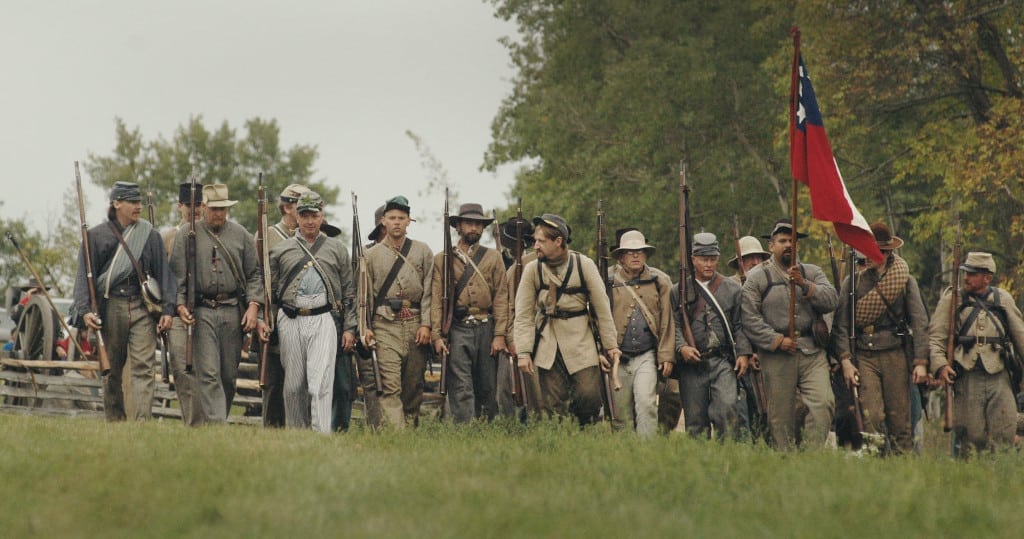
A major turning point was the decision to place General William T Sherman in command of most western troops and to adopt the approach of total war. Total war for Sherman meant destroying the Confederates in battle and financially.
This meant taking provisions from the enemy, destroying transport links, and removing food, income, and housing sources.
Emancipation and the End of the Civil War
While many cite the issue of slavery as a leading cause of the war, the end of slavery did not bring it any closer to a resolution. Instead, it became a war tactic.
President Lincoln delivered the Emancipation Proclamation on January 1st, 1863. Many hoped the act would help cripple the Confederate states and allow for an easier victory, as those states were so financially dependent on slavery. If they lost money, they would lose war funds and, therefore, the ability to fight at full strength.
On top of that, the freedom of the slaves allowed for more men to take up arms and fight for the cause. Ex-slaves escaping the tyranny of the Confederate states could now fight back and aid the Union cause.
Important Moments in the War Between Lee and Smith Surrendering
General Lee’s actions at Appomattox were the beginning of the end for the Confederates. But, it would take several weeks before all major units in the army admitted defeat. Many battles and companies were continuing over various areas of the country, and it took some took time for word to spread.
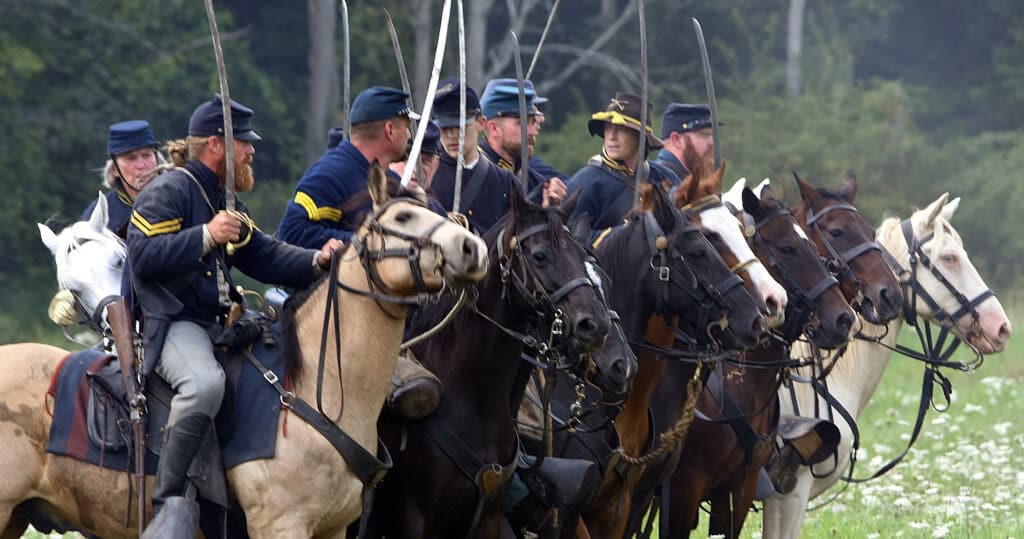
The next moment of significance came when Sherman and Confederate General Joseph E Johnston signed a new surrender agreement on April 26th. This forced Johnston to give up around 90,000 soldiers, which meant all the Confederate power in the Carolinas, Georgia, and Florida.
With another leading General no longer in the picture, more forces began to follow suit. General Richard Taylor fought with 10,000 men in Alabama, one of the larger strongholds left in the country. But, the son of the former president soon conceded when hearing of Johnston’s fate, making peace in the area that May.
A short way across the country, General Nathan Forrest had a similar situation to deal with in Gainesville, Alabama. He, too, surrendered his power and cavalry troops to the Union, realizing that defeat was guaranteed.
Other Important Events Between Lee and Smith’s Surrenders
The assassination of President Lincoln
It wasn’t just the acts of battle and surrender on the field of war that were significant at this time. Not long after the surrender of General Lee on April 9th, President Abraham Lincoln was assassinated. He was shot while at the theater by John Wilkes Booth.
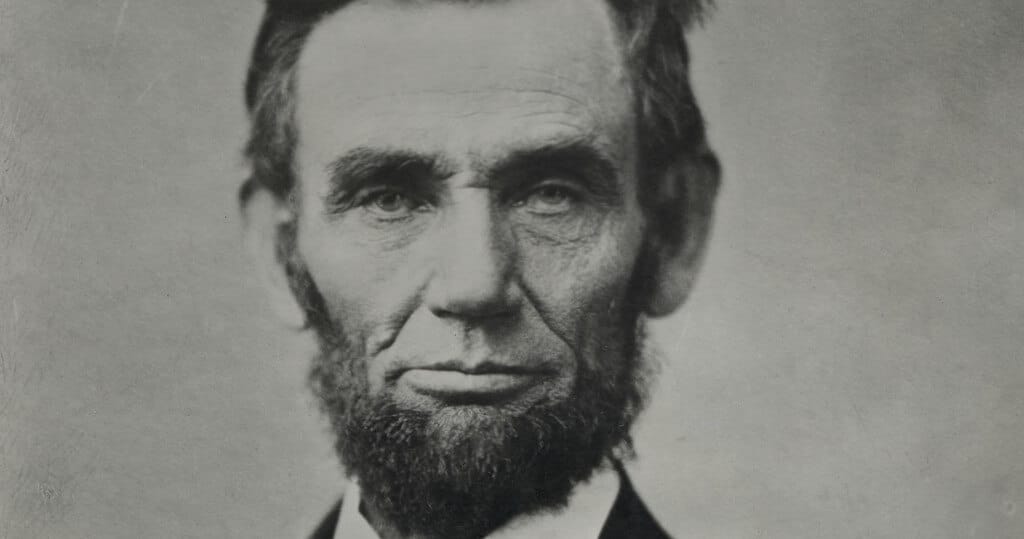
His Vice President, Andrew Johnson, was forced to take office and continue to oversee the war effort for the next few months.
One of Johnson’s first actions as the newly sworn-in president was to reject an accord regarding the Southern states. The measure would have allowed for new political concessions, but Johnson refused the terms. This means that even though defeat was inevitable following Lee’s surrender, the South was forced to continue to fight.
The Confederate President of the time, Jefferson Davis, insisted that Johnston continue in his efforts. Although, as the timeline above shows, this was a futile effort that prolonged the fighting and casualty list for a short time.
The capture of President Davis
Not even a month had passed from President Johnson’s rise to the presidency before Davis was captured. The Confederate President surrendered in Irwinsville, Georgia, on May 10th.
With this and the surrender in Georgia, it was clear the Union was victorious. This point led President Johnson of the Union to claim apparent victory on May 10th.
There was no way that the South could come back from all of this. Days later, on May 13th, 1865, Texas saw the last sizable land conflict at the Battle of Palmito Ranch. Then came Smith’s Surrender.
General Smith Was Not the Last to Surrender to the Union
As mentioned before, many history books and sources will cite General Smith as the last to surrender and to bring about the true end of the war on the battlefield.
However, there was another event a short time later. While Smith was dealing with the break-up of the Trans-Mississippi Army, General Watie continued his efforts with his own troops. He would eventually admit defeat on June 23rd.

Get Smarter on US News, History, and the Constitution
Join the thousands of fellow patriots who rely on our 5-minute newsletter to stay informed on the key events and trends that shaped our nation's past and continue to shape its present.

What is particularly interesting about this often overlooked General and his efforts is his heritage and region. Watie was a Native American and Cherokee leader.
He commanded Confederate Cherokee, Creek, Seminole, and Osage troops at Doaksville, near Fort Towson. It is quite possible this affected the official retelling of Confederate history, allowing Smith to have a bigger place as the last man to give in.
The Delay in an Official Declaration of Peace
The events of Spring 1865 all contributed to the defeat of the Confederate Troops. However, it took a long time before there was any official proclamation of peace. Eventually, President Johnson issued a statement on April 2nd, 1866. This was almost a full year after Lee’s surrender.
The problem, however, was that this wasn’t an absolute declaration for the whole nation. Johnson said that insurrection was over in all Confederate States but Texas. Issues in the state meant long delays.
The Texas problem
The main issue in Texas was that the state had not yet been able to establish a new state government. Texas was dealing with a new state constitution and the elections of state officials.
The new state constitution aimed to bring in enough civil rights for black citizens without the need to ratify the Thirteenth Amendment. While all this continued, the federal government could not acknowledge a state government and apply the same proclamation of peace and victory.
Eventually, on August 9th, the Unionist James Webb Throckmorton became state governor, and things could proceed.
President Johnson then gave a new proclamation on August 20th stating that “insurrection is at an end” and “peace, order, tranquility, and civil authority now exist in and throughout the whole United States of America.”
The Civil War was now officially over.
The Texas problem and emancipation
The delay in announcing the end of the Civil War wasn’t the first time Texas caused some problems in this era. Texas was its own little island of a state around the time of the Civil War. It was just cut off politically but also physically. Transport links and mail routes struggled to get people and news into the area.

This led to a major complication with the Emancipation Proclamation. Across the United States, it was common knowledge that President Abraham Lincoln had given the address and declared the freedom of the slaves. By the war’s end, this had been in effect for more than two years.
However, the people of Texas didn’t know that. They still operated under the impression that slavery was legal. It wasn’t until June 19th, 1865, that General Gordon Granger from the Union Army reached Galveston and announced the freedom of the slaves.
Bringing the Union back together
With the Civil War officially over with the declaration on August 20th, there was now the matter of bringing the nation back together.
The country was no longer at war, but tensions between the two sides still existed. Each state that seceded from the Union had to accept the terms of the Union and the 13th Amendment. This took a while between July 9th, 1868, and July 15th, 1870.
What Ended the Civil War?
To summarize, there are many answers that one could provide to this question. We could focus on the moments of active surrender by the Generals of the Confederate Army. But, even then, there are mixed reports on which act was the definitive end.
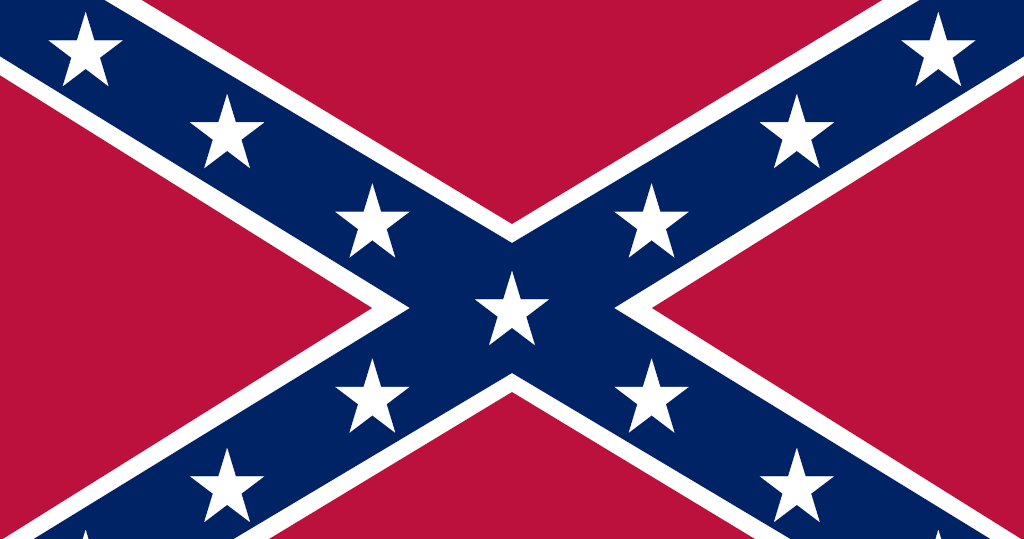
Lee’s surrender was the catalyst, and Smith’s surrender in Georgia prompted a declaration by the Union. Yet, the fighting continued for a long time, with some further efforts on land and many more issues at sea.
Around the same time, there were other significant events with the surrender of the Confederate President and the shift in power on the Union side.
What Ended the Civil War? Quiz
Frequently Asked Questions
What were the key events that led to the end of the Civil War?
Why is General Robert E. Lee's surrender significant in the Civil War?
How did the Union's tactics contribute to the end of the Civil War?
Why was there a delay in officially declaring the Civil War over?
What role did the Emancipation Proclamation play in the Civil War's outcome?
How useful was this post?
Click on a star to rate it!
Average rating / 5. Vote count:
No votes so far! Be the first to rate this post.
We are sorry that this post was not useful for you!
Let us improve this post!
Tell us how we can improve this post?

